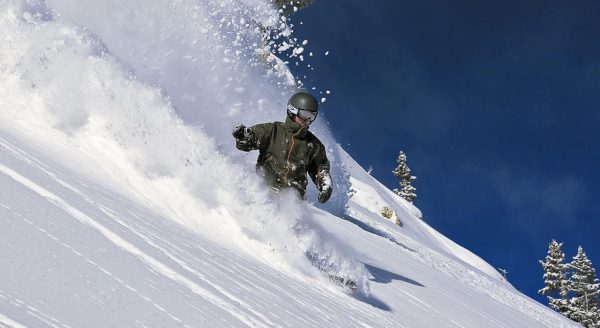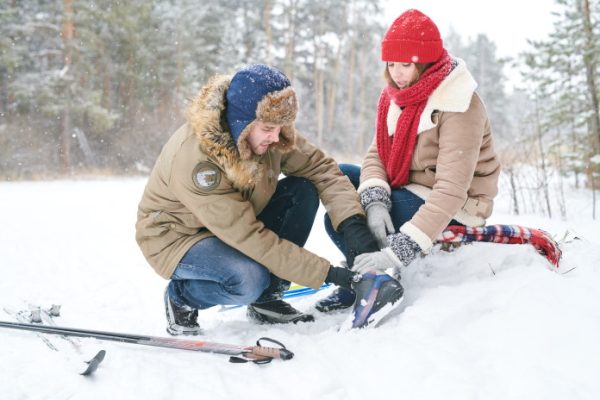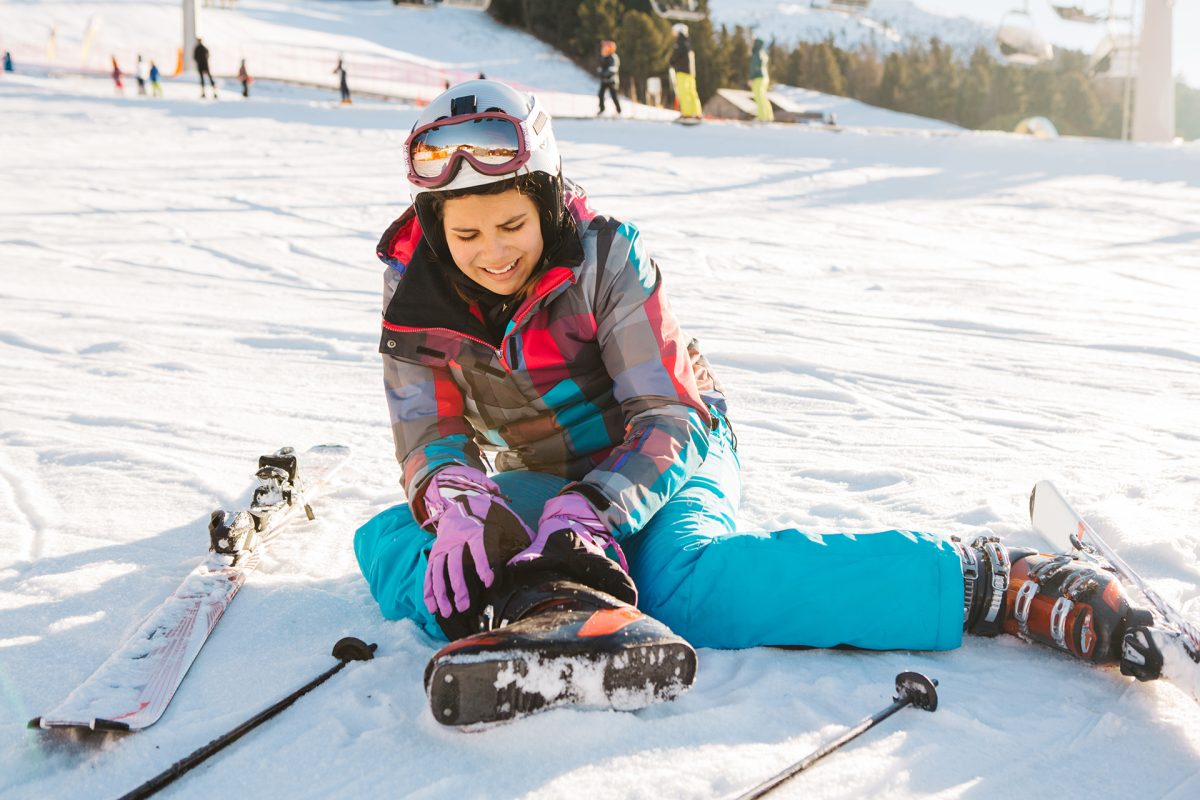It will soon be snowing outside! You know it’s a great time to go partake in some winter sports activity at your nearest hill or ski resort or rink, but whether it’s hockey, skiing, snowboarding, or any other winter sport, there is always going to be a risk of injuries as you do these activities.
Prevalence of Injuries
Hundreds of thousands of winter sport injury cases come flooding into emergency rooms every year. Rosenbaum Injury Law states, “Every year, approximately 600,000 people in the U.S. experience skiing-related injuries. As a result, there are approximately 2 to 3 injuries per 1,000 skier days. Snowboarders face an even higher injury rate of 30%.”
There is roughly around 3.5 million sport-related injuries per year and about 200,000 winter sports injuries happen per 100 athletic winter days. Although the number doesn’t really compare with the total of sports injuries for the short span of winter compared to the availability of people playing sports all year round, the number is still a large number of people.

Types of Winter Sports and Their Injury Count
The website Orthoinfo.com displayed data listing the types of winter sports and their injury counts per year. Skiing results in the most injuries with 76,000. 53,000 injuries were caused from snowboarding, 48,000 injuries from ice skating, and 22,000 injuries from sledding and tobogganing.
Orthopedic surgeon for sports and medicine, Sabrina Strickland, says, “A lot of ski-related injuries are unavoidable and so I see everything… from falls onto outstretched arms with shoulder fractures, rotator cuff tears, labral tears, shoulder dislocations, and then by far the most common injury I see is an ACL tear.”
Risks of Doing Winter Sports
When participating in Winter Sports, there are numerous preventable risks. One risk factor is age. Many younger children with less experience in winter sports are more likely to get injured compared to a adults. Children also tend to have higher risk-taking and more vulnerable body parts as they are still growing.

“These sports are high-risk given the potential for injury even when using protective equipment. We hypothesized that snow sport injury patterns would differ based on a patient’s age…Within the pediatric snow sports population, younger children are more likely to experience head injuries,” says the National Institute of Health.
Scott Face, who advises the MMS Ski Club notes that the most injuries that he has seen on the slopes are caused “when kids try to attempt a hill more advanced than their abilities.” He explains that they may try to go down a hill with a friend who is more advanced than them, and the peer pressure to take that risk can result in falls.
Also, equipment can cause injury if it malfunctions. Borrowing or renting equipment such as boots, poles, or helmets that are the improper size or fit can cause serious injury. An improperly fitting helmet renders it ineffective, and bindings or boots that are mis-sized can cause twists or sprains to the ankles.
Rough team winter sports like hockey involve a lot more physical contact than solo sports like snowboarding and skiing tend to have more injuries by physical contact. Student Mia Shantery states, “I play hockey and I would say that in hockey there is a lot of injuries and most of the time it is caused by fights with one another.”

How to Prevent Winter Sport Injuries
Although doing winter sports can bring along a high risk of injury, there are still many ways you can follow to try and prevent them. Many doctors best advise you to stretch and warm up before you participate in a winter sport along with making sure your equipment is correct and safe to use.
An interview from teacher Mrs. Golem, who enjoys skiing each winter, states, “When participating in winter sports, the best way to prevent injuries is using appropriate safety equipment, such as helmets. Being aware of how injuries occur while participating in your favorite winter sport helps to prevent injuries as well.”
Athletes should also make sure that their hill is matched up with their level. People should not take on too big a challenge before they are ready. David Wang, professional Sport Medicine physician says, “Make sure you ski at your level, you’re not going on a run that you’re just not really able to handle.”
Overall, winter sports tend to cause a lot of injuries and give people often a trip to the ER. In the end, you now know about the many ways you could stay safe and avoid the possible dangers of winter sports while having fun!








